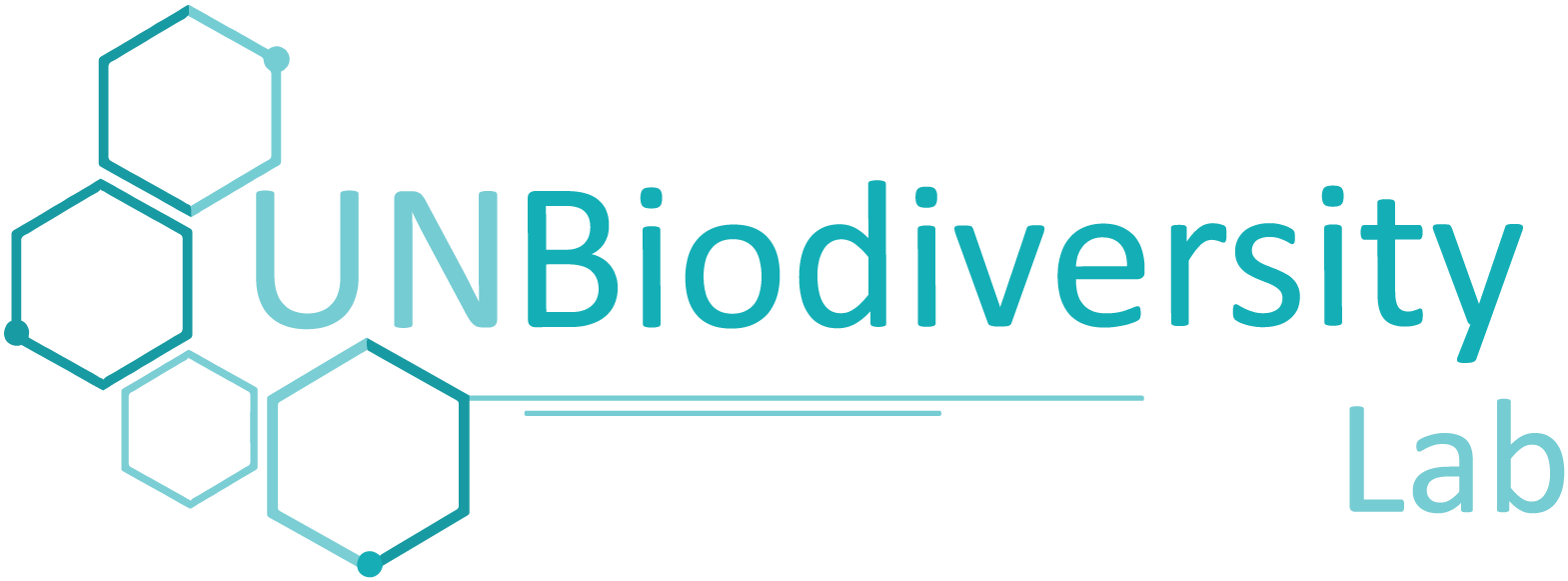Soutien
FAQs
Questions fréquemment posées
Vous ne trouvez pas une réponse à votre question dans notre FAQ ? N'hésitez pas à contacter notre équipe d'assistance à l'adresse support@unbiodiversitylab.orgVous pouvez également accéder au guide d'utilisation animé en cliquant sur l'onglet "Guide d'utilisation" ci-dessus. Pour une version téléchargeable, cliquez ici. Anglais | Français | Espagnol | Portugais | Russe
Guide de l'utilisateur
Espaces de travail du UNBL
Espaces de travail privés
Vous travaillez à la conservation de la nature et au développement durable ? Vous disposez de données nationales que vous aimeriez visualiser et analyser en combinaison avec nos couches de données mondiales ? Nous proposons des espaces de travail permettant à diverses parties prenantes d'utiliser les outils UNBL dans un espace sécurisé.
Contribuer
Contribuer

Avez-vous des données qui pourraient enrichir la plateforme publique du UNBL ? Êtes-vous prêt(e) à faire partie d'une communauté scientifique engagée dans le partage ouvert des données spatiales ? Si vous avez des données mondiales qui concernent la biodiversité, le changement climatique ou le développement durable, nous voulons vous entendre.
Veuillez consulter les critères de sélection des données de l'UNBL ici.

Comment utilisez-vous les données spatiales pour comprendre et agir dans votre travail ? Le UNBL s'efforce de mettre en évidence divers cas d'utilisation dans le monde entier. Notre équipe travaillera avec vous pour créer un reportage photo ou une histoire sur Google Earth afin de mettre en valeur vos réalisations. Les exemples de réussite seront partagés dans notre section Histoires en vedette.
Nous contacter
Nous contacter
Veuillez laisser votre message et vos coordonnées ci-dessous et nous vous répondrons dès que possible. Vous pouvez également nous envoyer un courriel à support@unbiodiversitylab.org.
Programme des Nations Unies pour le Développement
304 East 45th Street
New York, NY 10017
